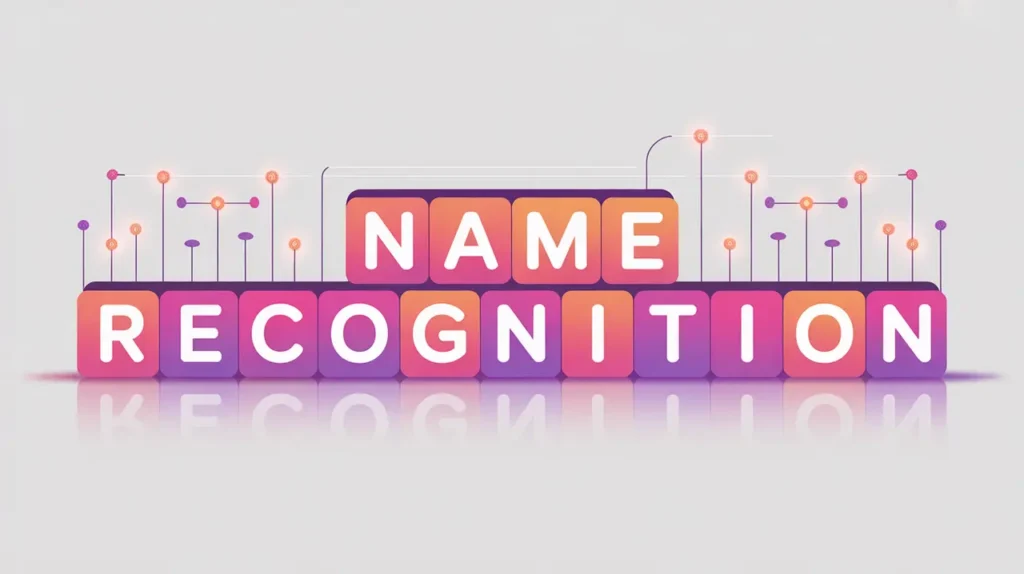Importance of Hallucination
Hallucination is a term used in Artificial Intelligence to describe situations where a model produces outputs that are fluent and confident but factually incorrect or entirely fabricated. Its importance today is central to the debate about trust in AI, especially as language models and generative systems are adopted in fields where accuracy is critical. Hallucination highlights the gap between a model’s ability to generate plausible language and its ability to guarantee truth.
For social innovation and international development, hallucination matters because organizations often use AI to process sensitive information, summarize reports, or provide guidance in resource-constrained settings. If a system fabricates details in a health advisory, education module, or humanitarian assessment, the consequences can undermine trust and harm communities. Recognizing and mitigating hallucination is essential for safe adoption.
Definition and Key Features
Hallucination occurs when a model generates outputs that are not grounded in its training data or external sources. For example, a language model might invent citations, misstate statistics, or generate fictional events. These errors stem from the probabilistic nature of AI systems, which predict the most likely sequence of words rather than verifying their accuracy.
It is not the same as bias, which reflects skewed representation of groups or ideas, nor is it a simple mistake like a typo. Hallucination is a structural issue that arises from how models generate text, and it can be persistent even when the model appears coherent. Its visibility has grown with the use of large language models, which can produce long, detailed responses that sound authoritative even when false.
How this Works in Practice
In practice, hallucination is influenced by several factors. Limited or unrepresentative training data can push models to “fill in the gaps.” Long prompts or small context windows may cause models to lose track of details. Even when retrieval-augmented generation is used, poor quality or irrelevant sources can result in fabricated content.
Techniques to reduce hallucination include grounding models in curated databases, using fact-checking layers, and designing prompts that explicitly request evidence or references. Ongoing monitoring is also important, as hallucination cannot be completely eliminated. Instead, it must be managed through system design, user training, and responsible deployment practices.
Implications for Social Innovators
Hallucination poses distinct risks in mission-driven work. A model generating fictitious medical advice could endanger patients. An AI tutor providing incorrect historical facts could mislead students. A humanitarian tool that fabricates information about displaced populations could distort resource allocation. These risks are especially acute in contexts where people may rely on AI outputs without the means to verify them.
Addressing hallucination is therefore a matter of safeguarding trust. Organizations must pair AI with human oversight, local expertise, and transparent practices to ensure that outputs support rather than undermine their mission.







